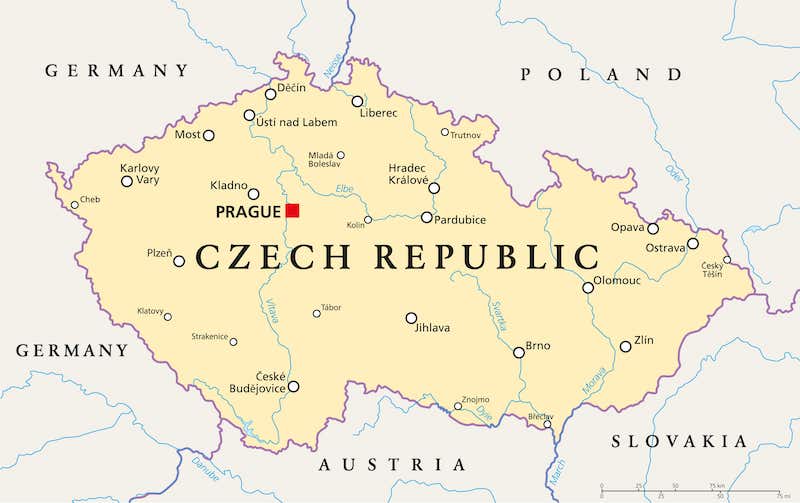Economy
Industry makes up 38% of the Czech economy, services 60% and agriculture 2%.
The metallurgical, engineering and armament industries are strong. All forms of energy are used, especially electric and nuclear power, renewable sources, solar, wind, water energy, biomass. Coal and natural gas are mined. The glass production of the Bohemia Crystal, Moser, Lasvit brands and the beer production of Pilsner Urquell, Staropramen and Budvar are world famous.
Currency
Since 1918, a currency called the Koruna česká (Czech Crown)/CZK has been used for trade in the Czech Republic. The introduction of the common European currency, the Euro, in the Czech Republic is a political goal, and the Czech Republic committed itself to its adoption in the accession treaty to the European Union in 2003. However, the majority of Czech society has a negative attitude towards the adoption of the euro. In 2023, according to the survey, 45% of citizens were in favor and 55% were against the introduction of the Euro.
Religion
Freedom of religion applies in the Czech Republic, about 70% of the population see themselves agnostics or atheists. The most practiced religion is Roman Catholicism.
Safety
The Czech Republic is one of the safest countries in the World. Due to the low level of international and domestic conflicts together with the low crime rate, the Czech Republic regularly ranks among the 10 safest countries in the World according to the Global Peace Index.
